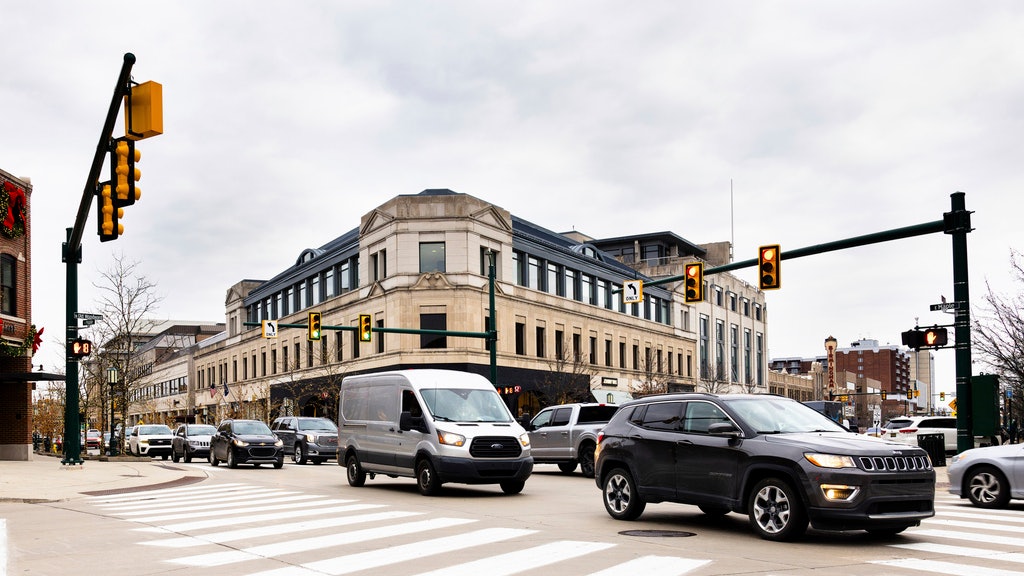
As technology continues to advance, traffic lights may soon undergo a major transformation to accommodate the rise of connected and autonomous vehicles. Researchers are exploring innovative ways to leverage modern car features, such as GPS, to enhance traffic safety and efficiency. This could potentially eliminate the need for traditional red, yellow, and green lights, giving control to driverless cars in the future.
Henry Liu, a civil engineering professor at the University of Michigan, is at the forefront of a study that suggests a new traffic signal system could be implemented sooner than expected. With the rapid progress of artificial intelligence, Liu believes that the future of traffic signals is not far off.
While traffic lights in the U.S. have remained relatively unchanged for decades, the emergence of connected and automated vehicles has opened up new possibilities for traffic management. Researchers like Ali Hajbabaie from North Carolina State University are proposing adding a fourth light, such as a white one, to indicate when autonomous vehicles are present and capable of leading the way through intersections.
Hajbabaie’s research suggests that modifying existing traffic lights to flash red and green simultaneously could signal the presence of self-driving cars, ensuring universal adoption. However, widespread implementation would require a significant percentage of vehicles on the road to be autonomous.
On the other hand, the University of Michigan has taken a different approach by utilizing data from General Motors vehicles to adjust the timing of traffic lights in a pilot program conducted in the Detroit suburb of Birmingham. This data-driven approach, which does not require costly infrastructure upgrades, has shown promising results in reducing congestion.
Overall, the future of traffic signals is evolving to accommodate the rise of connected and autonomous vehicles, paving the way for safer and more efficient traffic flow. While challenges remain in transitioning to a new system, ongoing research and pilot programs show promise in revolutionizing how we navigate our roadways.


